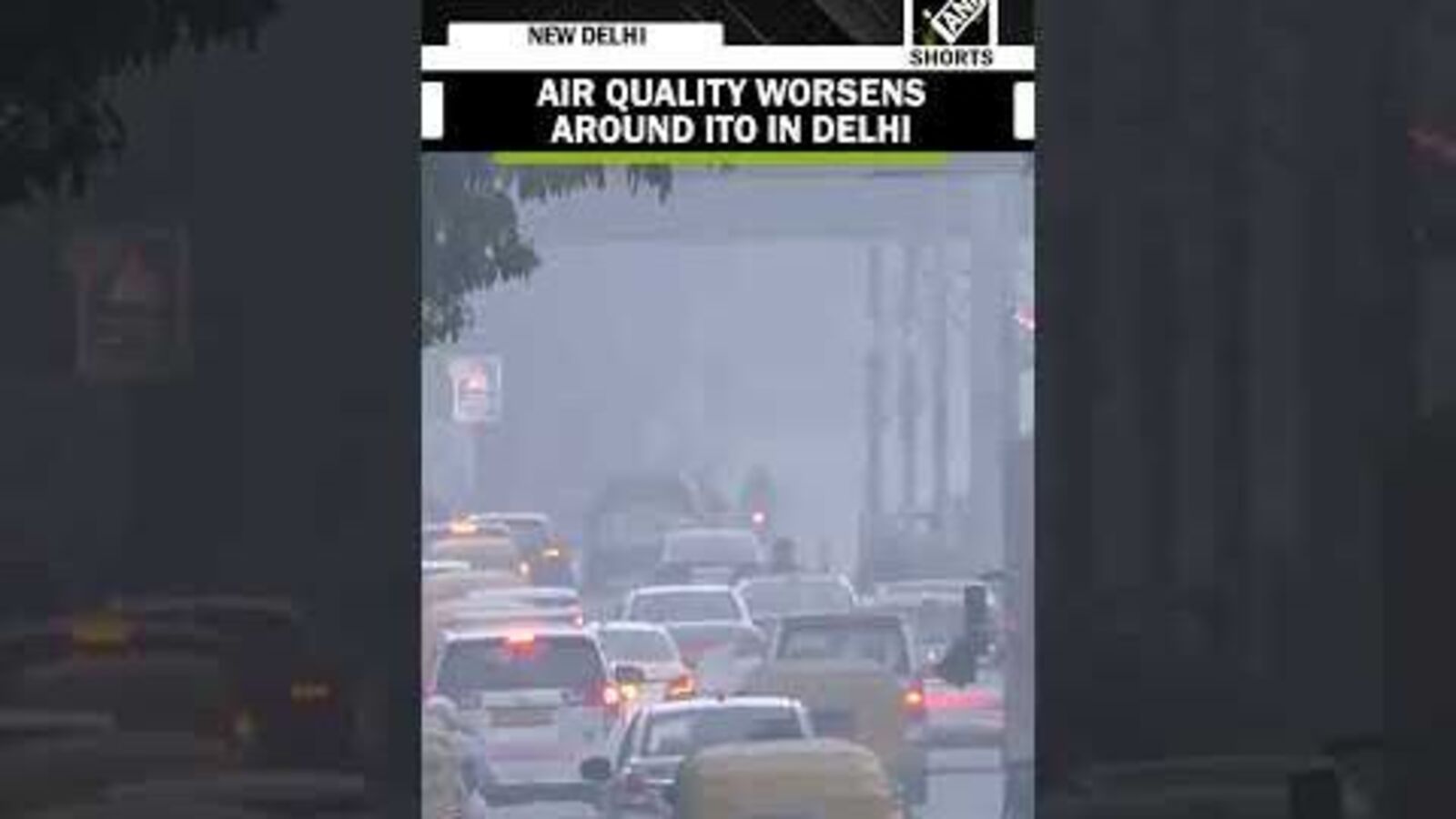Delhi’s overall air quality was recorded in the “poor” category as the air quality index fell to 292 early Friday, according to SAFAR (System of Air Quality and Weather Forecasting and Research). SAFAR predicted that the AQI could touch 383 (very poor category) during the day. The air quality over Delhi was in the “Very Poor” category, with the Central Pollution Control Board (CPCB) AQI 353 at 4 pm on October 22. It showed a slight improvement on Thursday, October 23, but remained in the “very weak” category for the fourth consecutive day. The city’s 24-hour average AQI stood at 305 at 4 pm on Thursday, according to the CPCB. Around 8am on Friday, Anand Vihar recorded an AQI of 402 – the highest among all the monitoring stations. Burari crossing recorded 333 AQI, Bawana recorded 345 AQI and the air quality near ITO was also recorded in the “very poor” category at 313. According to the CPCB, an AQI between zero and 50 is considered “good”, 51 and 100 “satisfactory”, 1001 and 20001 and 20001 and 20001 p. 301 and 400 “very poor”, and 401 and 500 “severe”. On the weather front, Delhi recorded a maximum temperature of 32.2 degrees Celsius on Thursday, 0.1 degree above normal, while the minimum temperature settled at 18.1 degrees Celsius. The India Meteorological Department (IMD) has forecast fog for Friday morning, with the maximum and minimum temperatures likely to hover around 32 degrees Celsius and 18 degrees Celsius respectively. Delhi government plans artificial rain on October 29. Delhi Chief Minister Rekha Gupta said on Thursday that the city will see its first ever artificial rain through cloud seeding as preparations for the ambitious pollution control initiative are complete. A successful trial of the project was conducted earlier in the day in the Burari area, Gupta said in a post on X. “For the first time in Delhi, preparations have been completed to induce artificial rain through cloud seeding, marking a significant technological milestone in the capital’s fight against air pollution. Experts expected a successful pilot test in the Burari area on Thursday. 28, 29 and 30. If the weather remains favorable, Delhi is likely to see its first artificial rain on October 29,” her post said. “This initiative is not only technologically historic but also establishes a scientific approach to combating pollution in Delhi. The government aims to clean the capital’s air and balance its environment through this innovation,” Gupta said. In its report on the test run, IIT-Kanpur said: “This flight served as a demonstration mission to evaluate the cloud seeding capabilities, the readiness and endurance of the aircraft, the functionality of the seeding equipment and flares, and the coordination among all involved. There was no evidence of precipitation. Minimal and the moisture content was well below 15 percent,” the report added and noted that specially designed flares were used to release both silver iodide and sodium chloride.
Delhi AQI: NCR records ‘poor’ air quality on 292 days after Diwali, govt plans artificial rain on Oct 29
